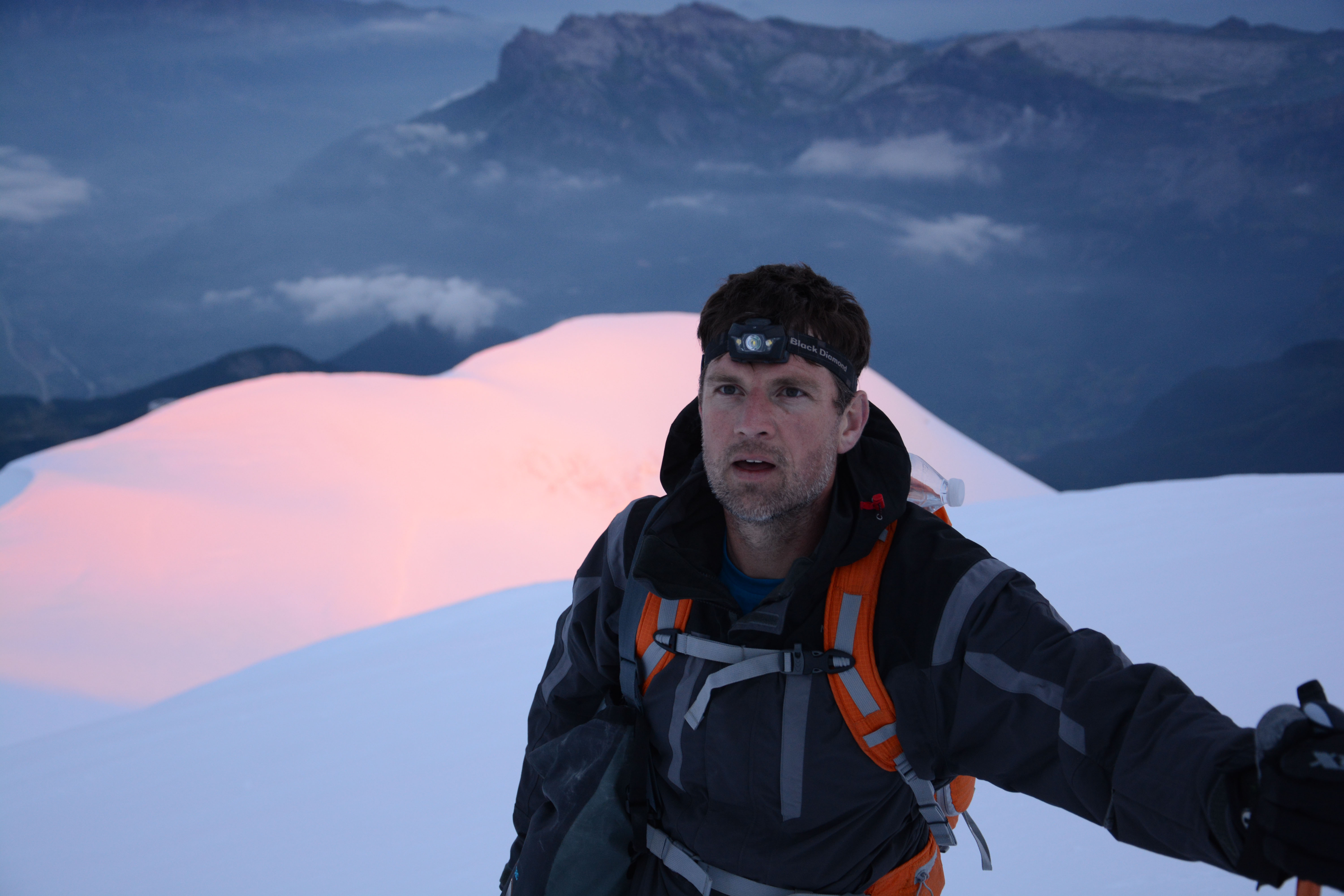
No matter where you are out and about exploring, it’s extremely comforting to know that someone has your back if things suddenly go horribly wrong - and if you’re packing a Garmin device with inReach technology, then emergency help is only a button click away.
Industry leaders in two-way satellite communication, Garmin produce several affordable handheld devices with inReach technology, including the nifty new inReach Messenger, which fits in the palm of your hand or in any pocket, and weighs just 114g, and the Garmin inReach Mini 2 (winner of a T3 platinum award). All of these devices enable two-way text messaging, location tracking, and critical communication with SOS emergency response services.
Thousands of outdoor explorers use them as a shrewd insurance policy against calamity, and this week it was reported that the incident blog recorded that inReach devices have been used in 10,000 emergency situations around the world since 2011, saving lives and providing comfort both to those involved in the incidents, and their worried friends and family back home.
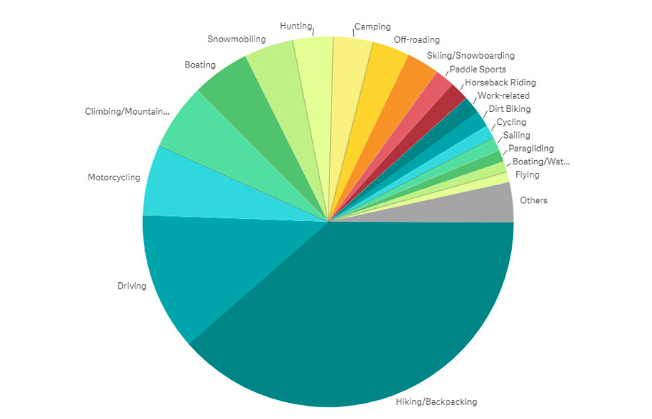
A breakdown of inReach emergency alerts by activity
Hiking/backpacking is by far the activity that has resulted in the most emergency calls being made, but this reflects the large amount of people who enjoy these pursuits, rather than the danger they present. Driving is the next biggest activity names in the SOS stats, followed by motorcycling and then climbing/mountaineering and boating. Also prominently represented on the list are cycling, snow and paddlesports.
Incidents have been recorded on seven continents, and in more than 150 countries. The stats reveal some redspots for accidents - and unsurprisingly these include mountainous regions such as the European Alps, popular but challenging routes like the Pacific Crest Trail, and adventure-tourism destinations like New Zealand - but SOS calls have also been made from hikers and bikers in cities, including Los Angeles, Phoenix and Aspen.
Reported Incidents include injuries, accidents, people getting lost or separated (including children), pet emergencies, and adventurers getting caught up in natural disasters. Around 20 percent of the SOS calls for assistance were made by passersby who had an inReach device, rather than the person who had suffered an injury or accident.
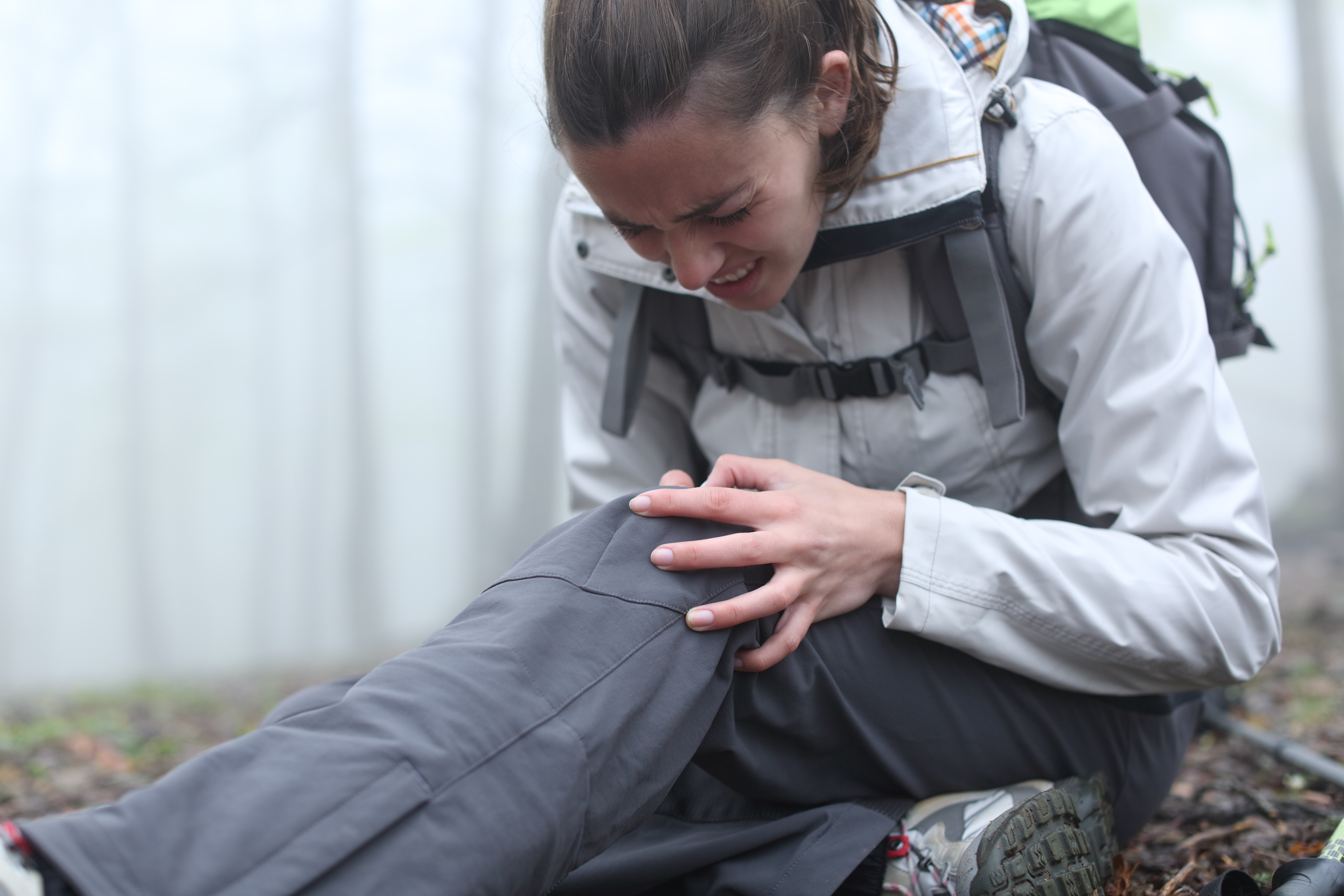
Garmin claims a 100% global Iridium satellite network coverage, so when an emergency alert is sent out - by someone pressing the SOS button on an inReach device - the distress message is transmitted to Garmin Response, a 24/7-staffed professional emergency response coordination centre. From there the trained team will communicate with the individual in distress, liaise with their listed emergency contacts, and call the appropriate Search & Rescue organisations and resources in the local area. Once a rescue has been mobilised, they let everyone involved know help is on the way and continue to provide updates on the status of the response until the incident is resolved.
Sign up to the T3 newsletter for smarter living straight to your inbox
Get all the latest news, reviews, deals and buying guides on gorgeous tech, home and active products from the T3 experts
"The two-way communication of inReach is so important in an emergency situation. After initiating an SOS, Garmin Response will ask questions to learn more about the incident and what appropriate first responses are needed for rescue, whether a tow-truck or helicopter,” said Sarah Kramlich, Garmin senior director of services and subscription strategy. “We are both proud and humbled to have assisted in 10,000 incidents, but this number is only part of the larger inReach story of providing peace of mind to all inReach users. The two-way communication with all inReach devices has helped countless people self-rescue in low-risk situations, where a friend or family assisting may be more appropriate than an emergency response team.”
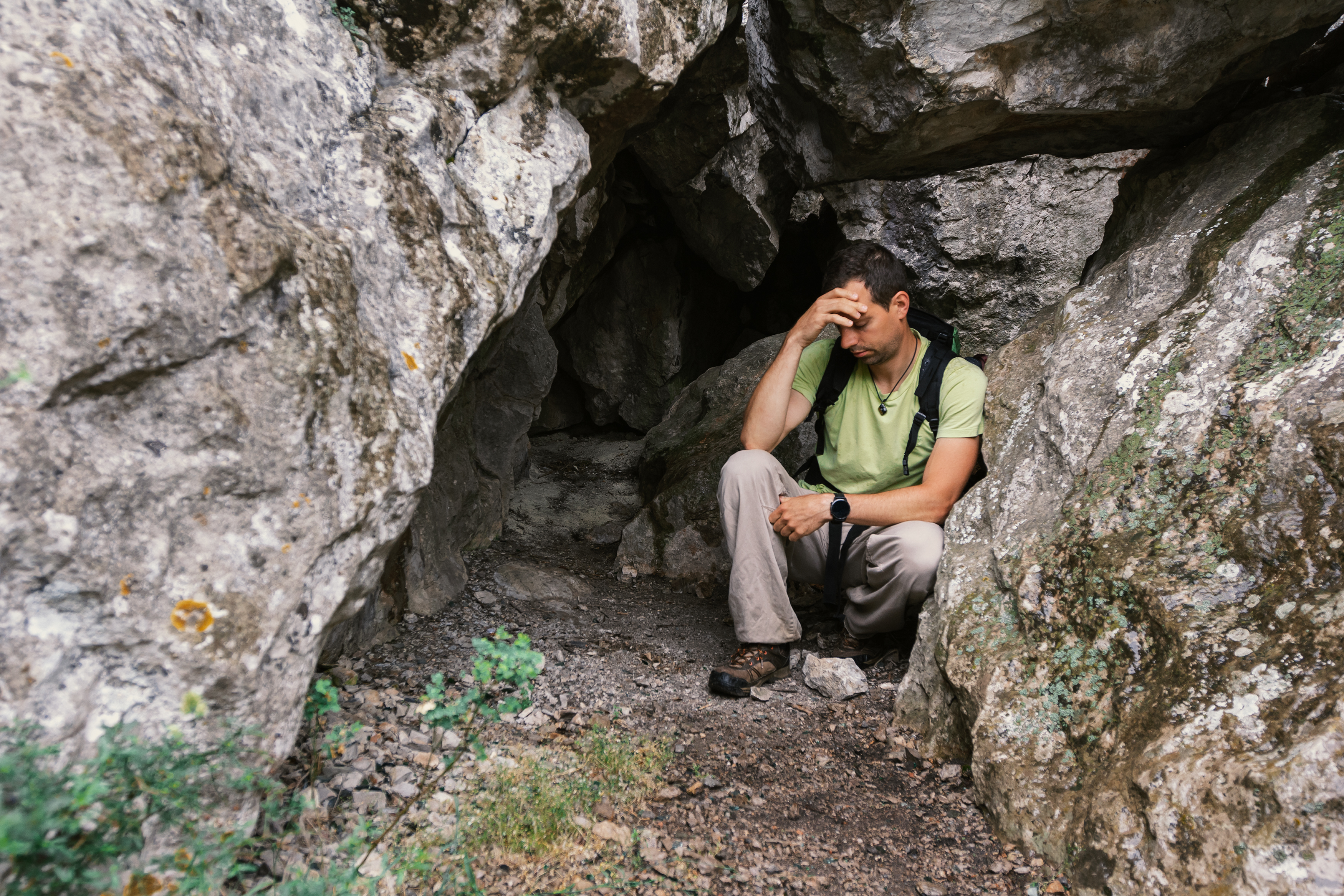
“With Garmin inReach’s two-way communication and 24/7 staffed coordination center, help is never out of reach. We are honored to provide this potentially life-saving service and gratified to be the satellite communication device of choice for adventurers all over the world,” said Dan Bartel, Garmin vice president of global consumer sales. “Whether on the drive home from a trip or exploring the globe, having an inReach device nearby provides peace of mind that you can quickly connect with emergency coordinators, as well as friends and family.”

Author of Caving, Canyoning, Coasteering…, a recently released book about all kinds of outdoor adventures around Britain, Pat Kinsella has been writing about outdoor pursuits and adventure sports for two decades. In pursuit of stories he’s canoed Canada’s Yukon River, climbed Mont Blanc and Kilimanjaro, skied and mountain biked across the Norwegian Alps, run ultras across the roof of Mauritius and through the hills of the Himalayas, and set short-lived speed records for trail-running Australia’s highest peaks and New Zealand’s nine Great Walks. A former editor of several Australian magazines he’s a longtime contributor to publications including Sidetracked, Outdoor, National Geographic Traveller, Trail Running, The Great Outdoors, Outdoor Fitness and Adventure Travel, and a regular writer for Lonely Planet (for whom he compiled, edited and co-wrote the Atlas of Adventure, a guide to outdoor pursuits around the globe). He’s authored guides to exploring the coastline and countryside of Devon and Dorset, and recently wrote a book about pub walks. Follow Pat's adventures on Strava and instagram.
-
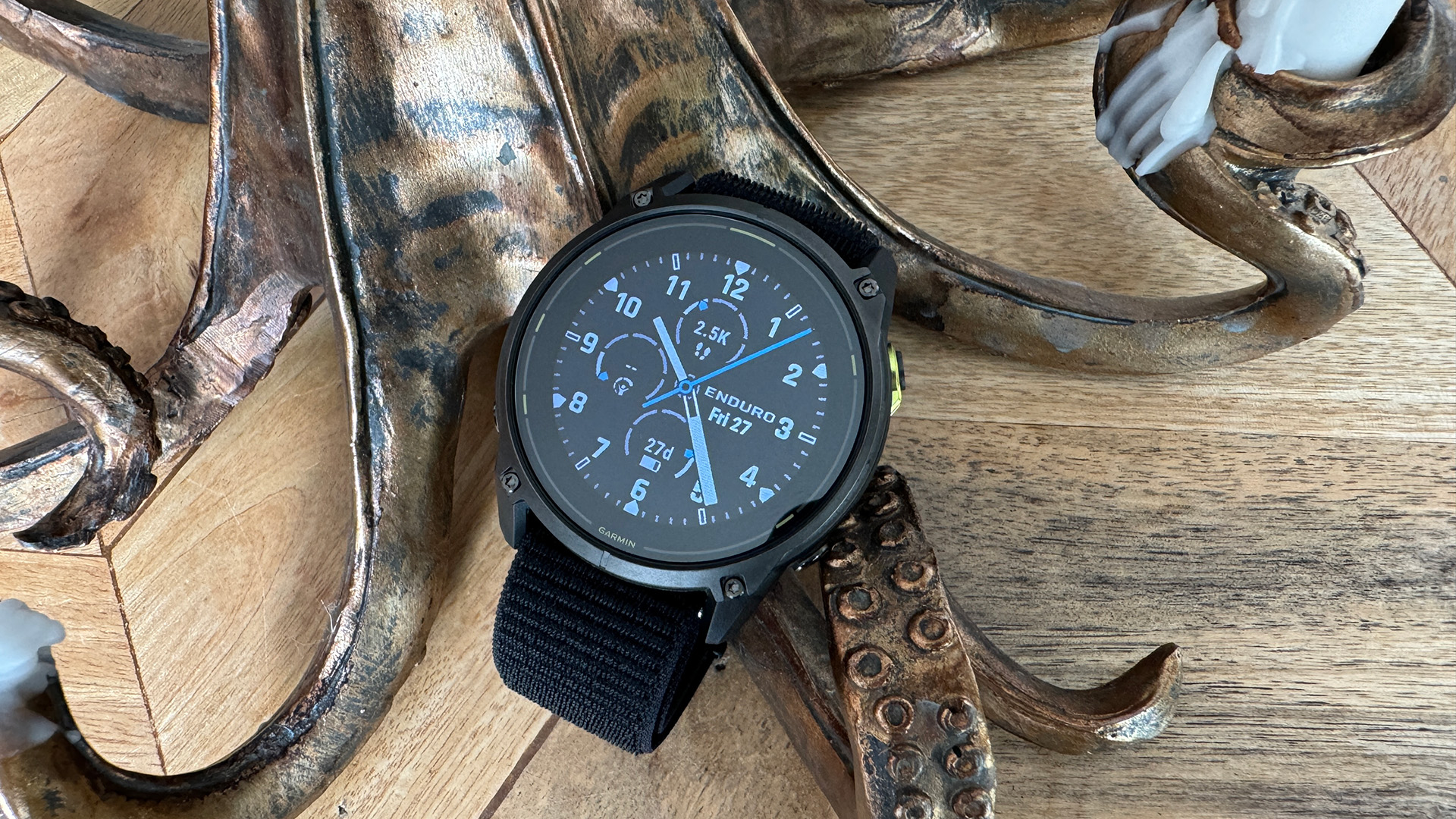 Garmin’s flagship watches just got smarter – here’s what's new in the latest beta update
Garmin’s flagship watches just got smarter – here’s what's new in the latest beta updateFenix 8, Enduro 3 and Fenix E all get a boost with Garmin’s latest beta software
By Lee Bell
-
 The AeroPress Go Plus is the gadget I need for my next outdoor adventure
The AeroPress Go Plus is the gadget I need for my next outdoor adventureWhether you’re off camping or heading on a hike, the new AeroPress Go Plus lets you enjoy great coffee on the go
By Bryony Firth-Bernard
-
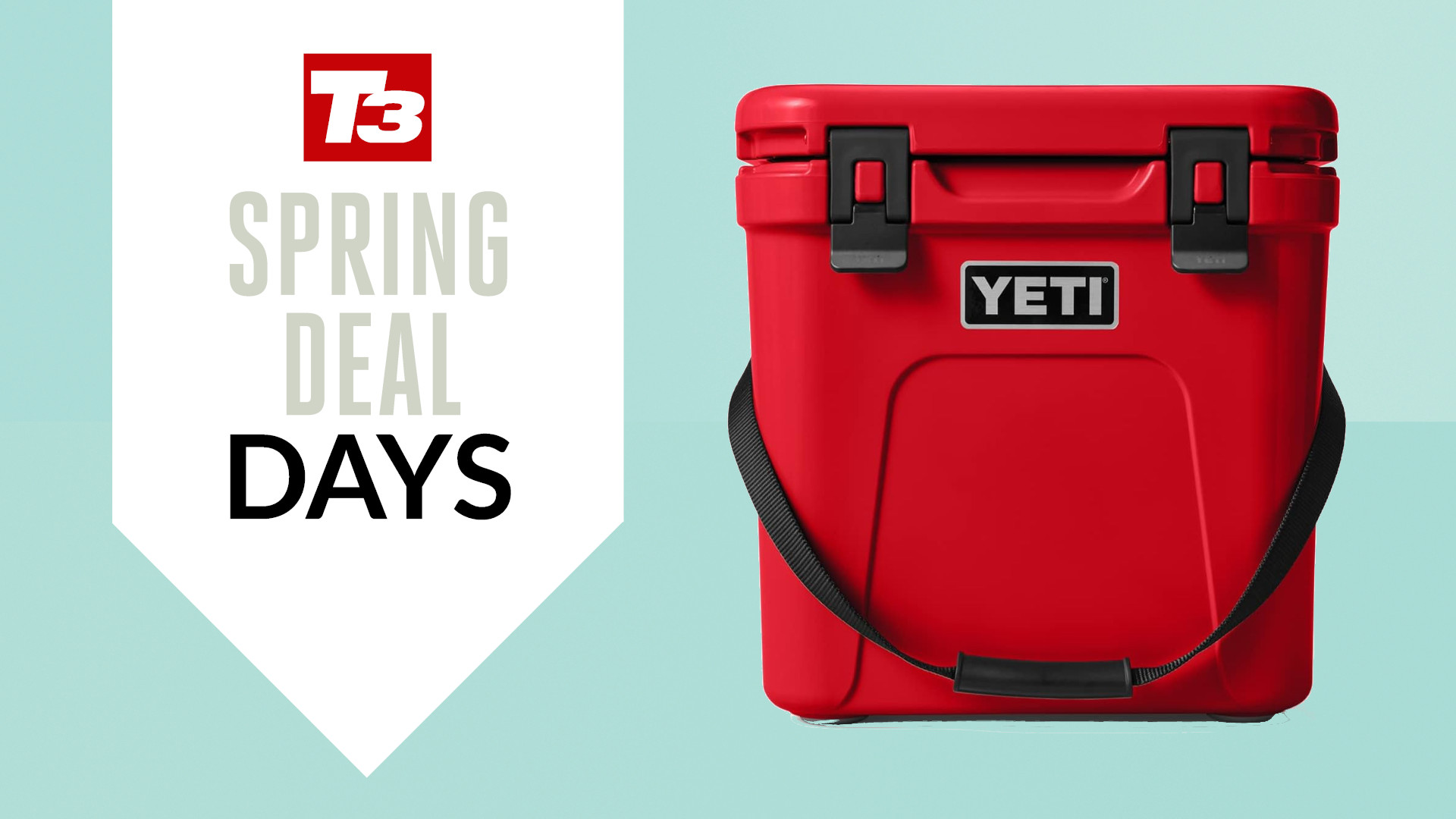 YETI has discounted a ton of its best-selling coolers and tumblers in Amazon’s Big Spring Sale
YETI has discounted a ton of its best-selling coolers and tumblers in Amazon’s Big Spring SaleJust in time for the warmer months
By Bryony Firth-Bernard
-
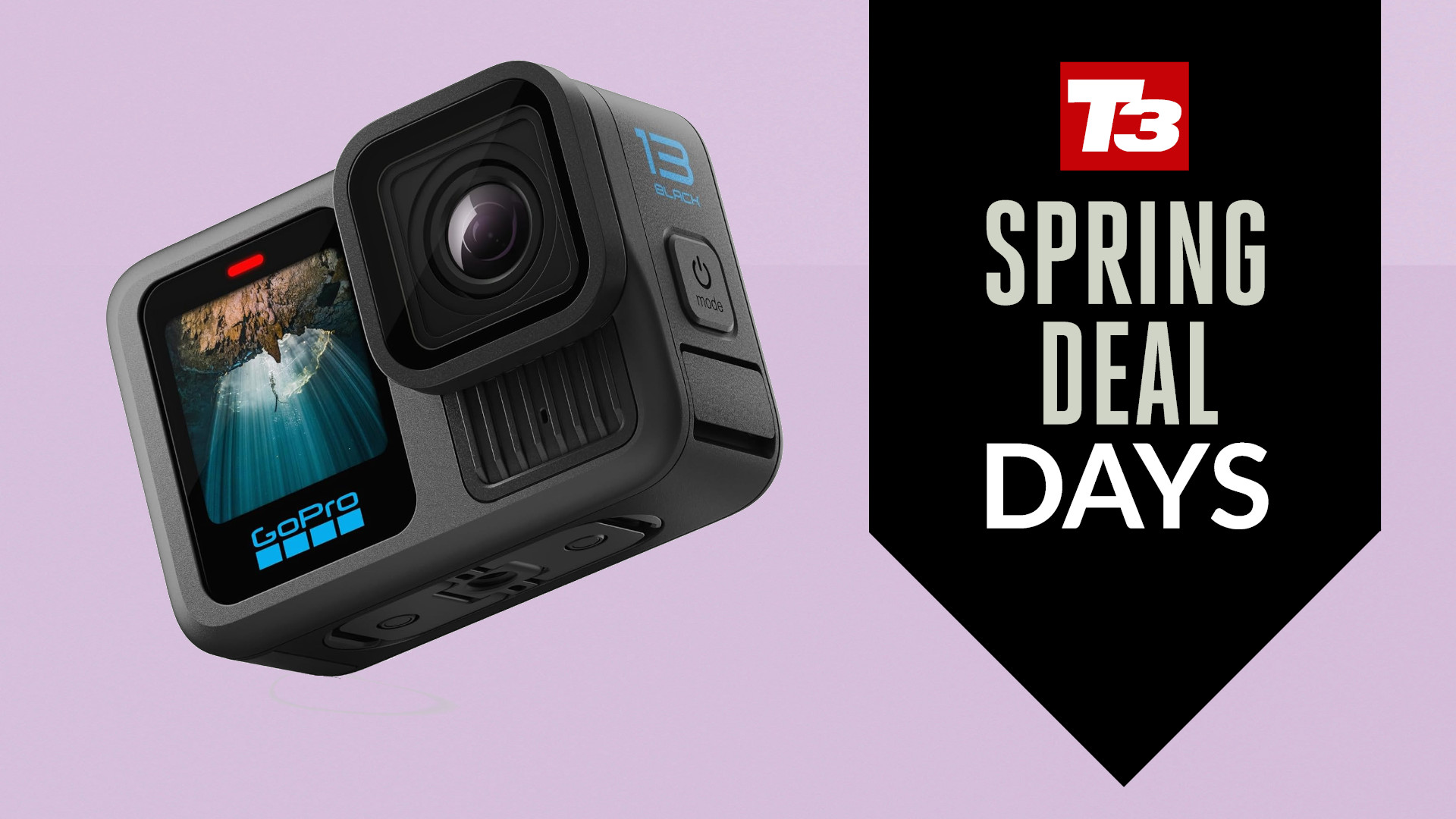 GoPro's latest flagship action cam just got a major price cut in Amazon's spring sale deal
GoPro's latest flagship action cam just got a major price cut in Amazon's spring sale dealYou can pick up the Hero 13 Black with almost 20% off
By Lee Bell
-
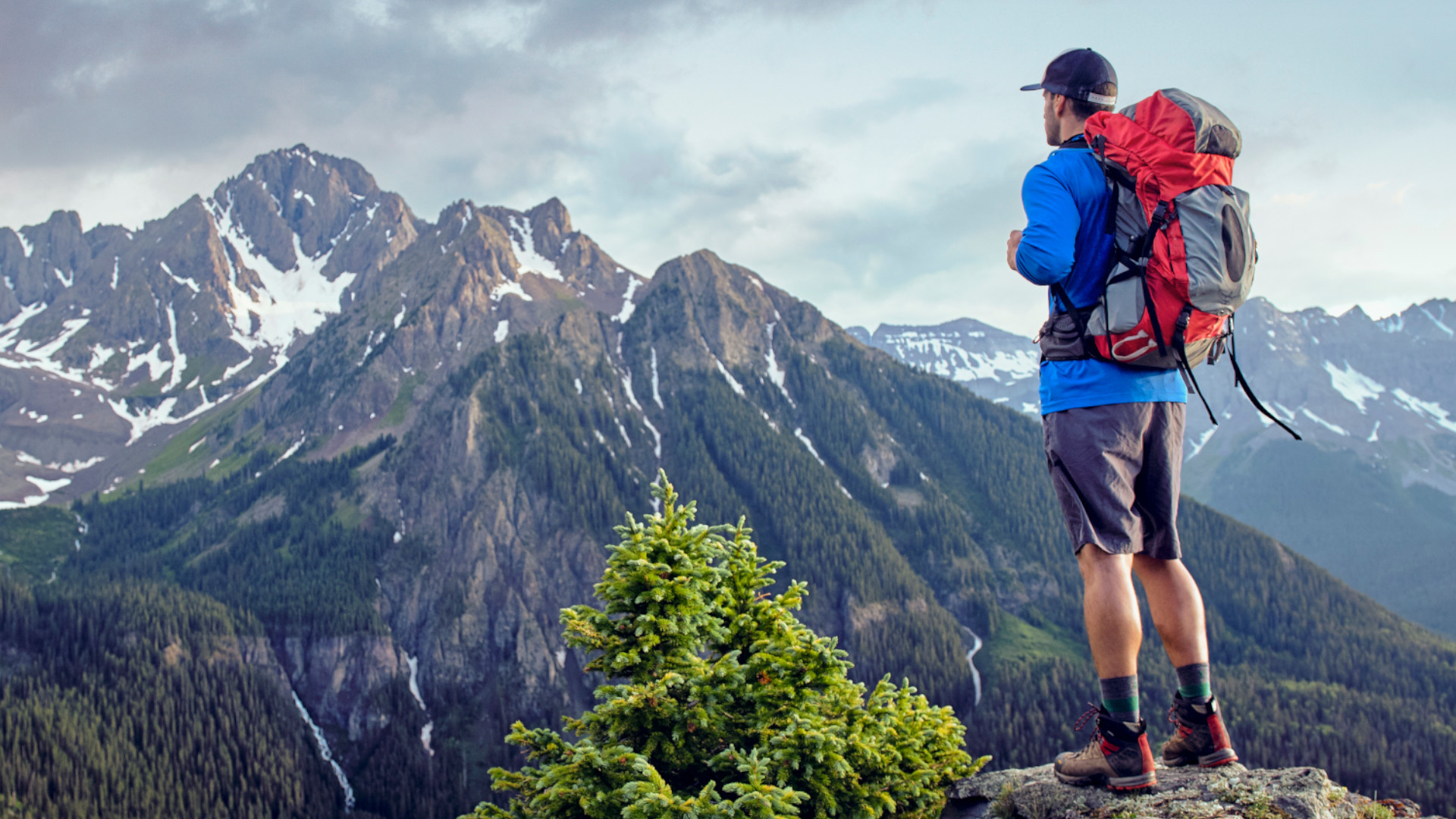 How to pack your rucksack for a hiking or camping trip
How to pack your rucksack for a hiking or camping tripPack properly, save space and get easier access to the items you need the most
By Bryony Firth-Bernard
-
 This massive Garmin Fenix 7 deal at Amazon just made your next adventure cheaper
This massive Garmin Fenix 7 deal at Amazon just made your next adventure cheaperYou can save $220 at Amazon right now!
By Matt Kollat
-
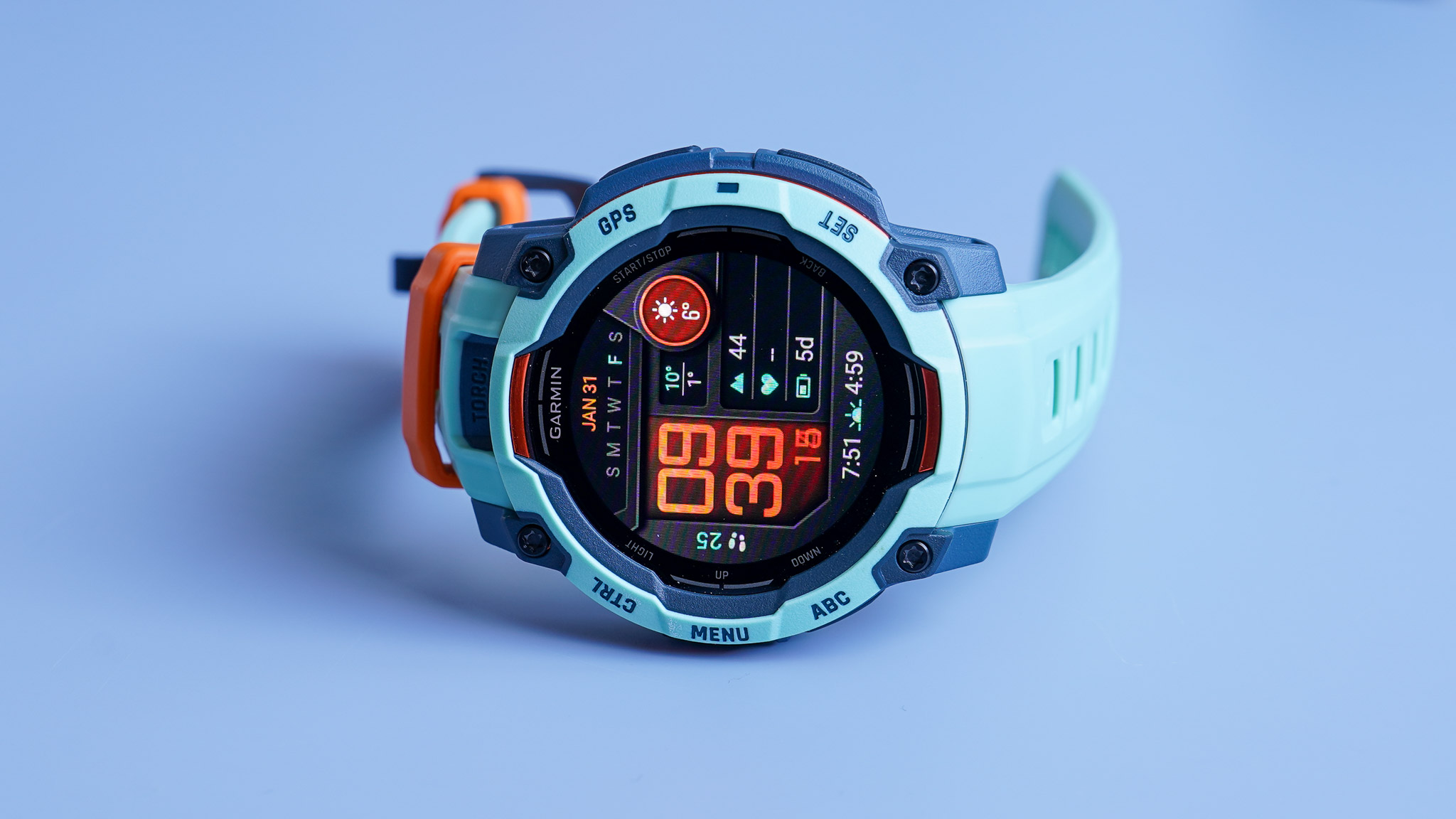 Garmin Instinct 3 review: A fun, tough Fenix alternative with a twist
Garmin Instinct 3 review: A fun, tough Fenix alternative with a twistLove G-Shock vibes but need smart features? This is the adventure watch for you
By Matt Kollat
-
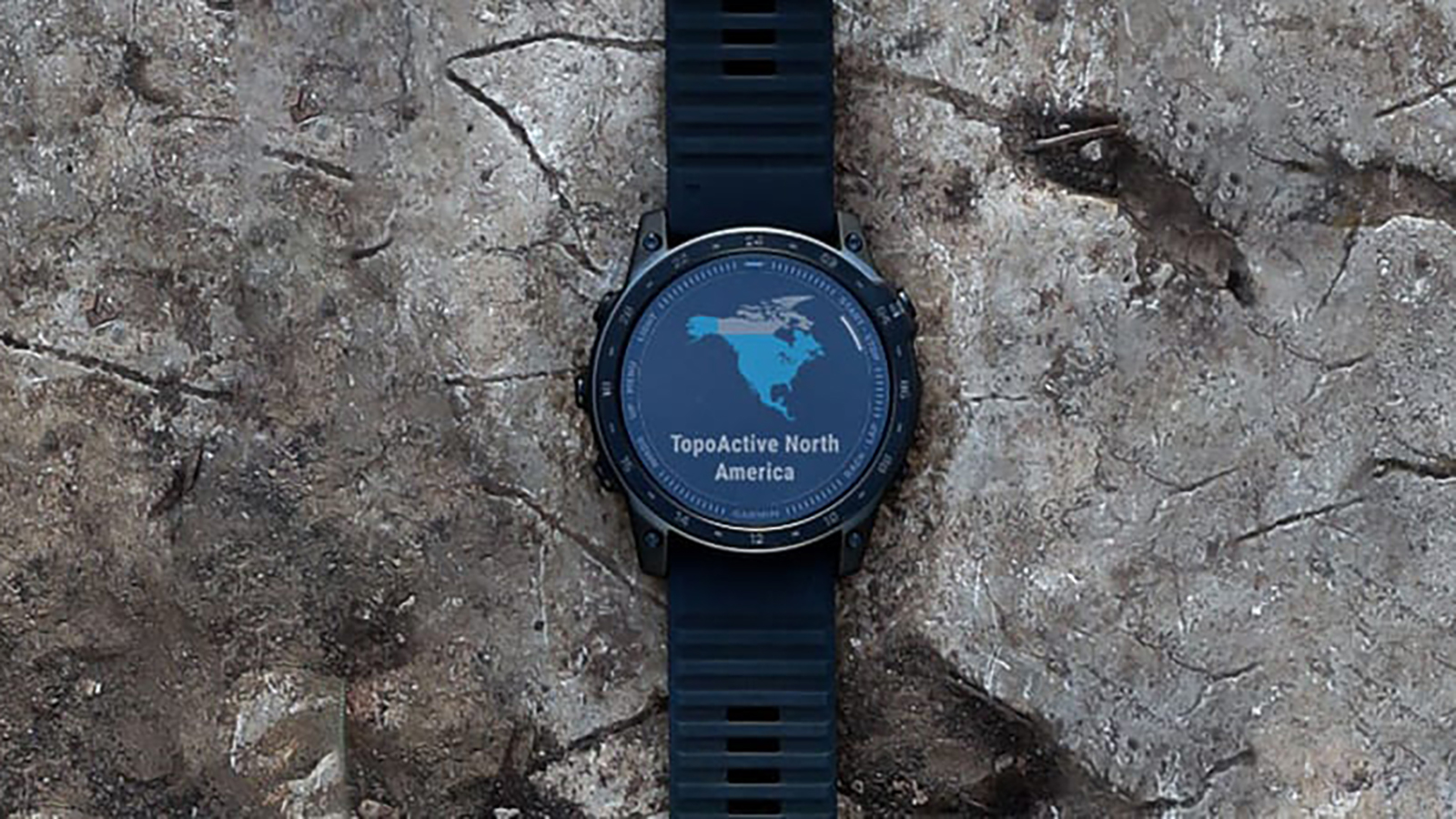 Your Garmin watch might be bricked with the "blue triangle of death", but a fix is on the way
Your Garmin watch might be bricked with the "blue triangle of death", but a fix is on the wayHere's what is currently being suggested and how to fix
By Britta O'Boyle

